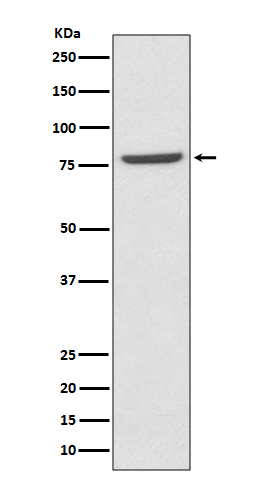Component of the MRN complex, which plays a central role in double-strand break (DSB) repair, DNA recombination, maintenance of telomere integrity and meiosis (PubMed:
9651580, PubMed:
9590181, PubMed:
9705271, PubMed:
11741547, PubMed:
29670289). The complex possesses single-strand endonuclease activity and double-strand- specific 3'-5' exonuclease activity, which are provided by MRE11 (PubMed:
9651580, PubMed:
9590181, PubMed:
9705271, PubMed:
11741547, PubMed:
29670289). RAD50 may be required to bind DNA ends and hold them in close proximity (PubMed:
9651580, PubMed:
9590181, PubMed:
9705271, PubMed:
11741547, PubMed:
29670289). This could facilitate searches for short or long regions of sequence homology in the recombining DNA templates, and may also stimulate the activity of DNA ligases and/or restrict the nuclease activity of MRE11 to prevent nucleolytic degradation past a given point (PubMed:
9651580, PubMed:
9590181, PubMed:
9705271, PubMed:
11741547, PubMed:
29670289, PubMed:
30612738). The complex may also be required for DNA damage signaling via activation of the ATM kinase (PubMed:
15064416). In telomeres the MRN complex may modulate t-loop formation (PubMed:
10888888).

